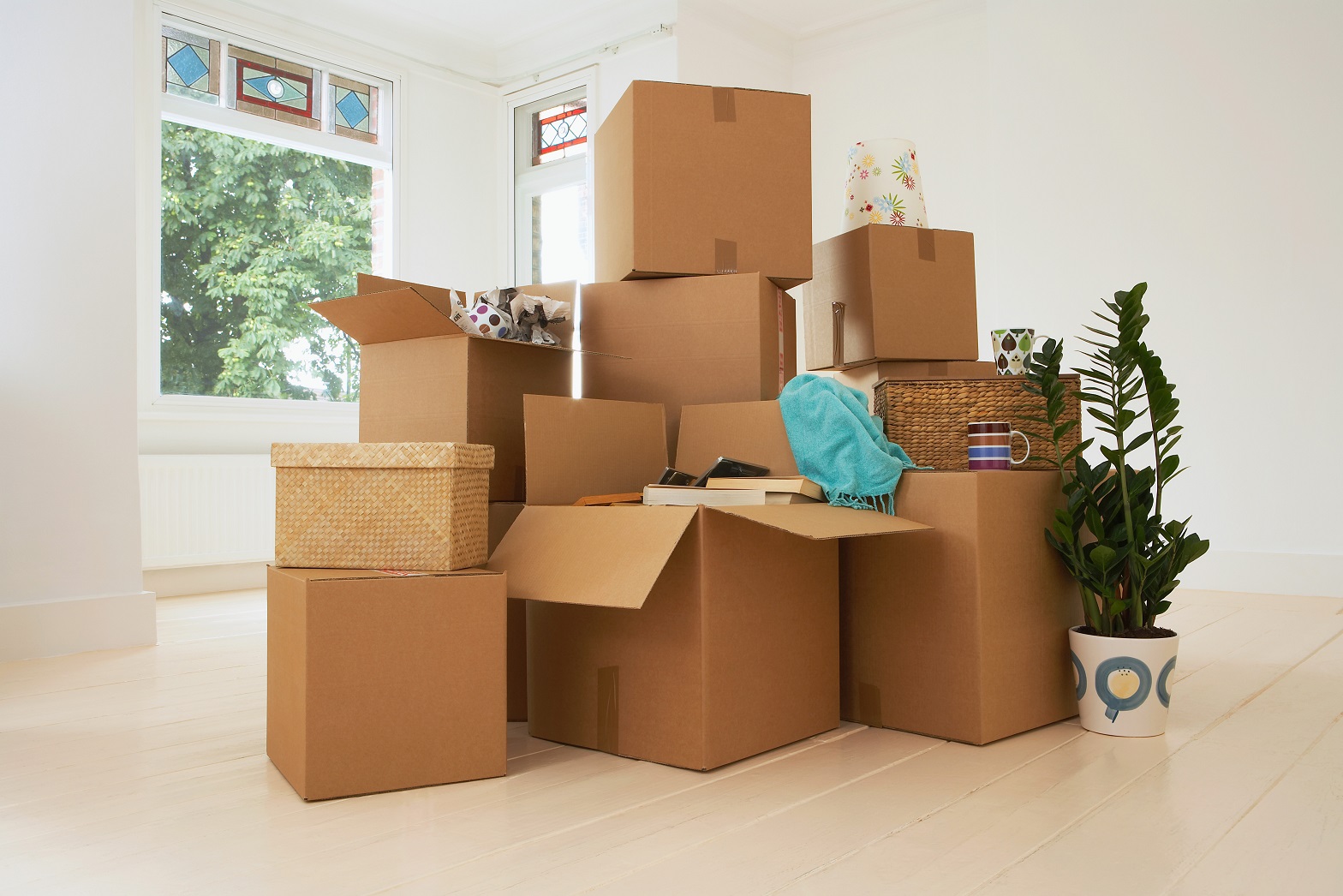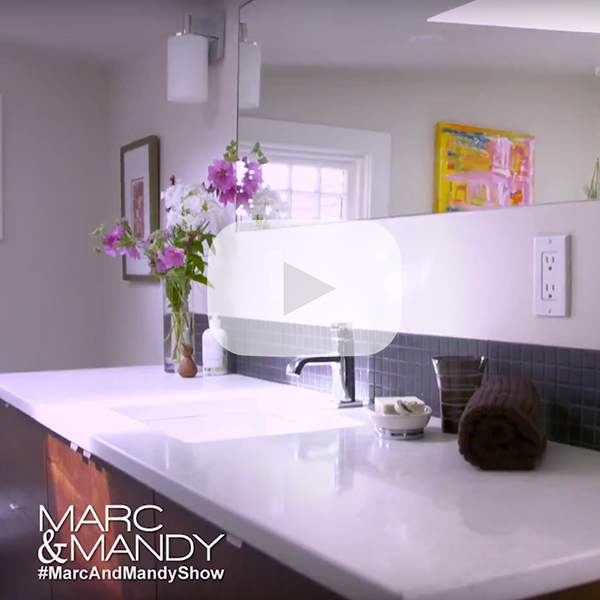People often don’t know how or where to start packing up their homes for a renovation. On our podcast, All Things Renovation, we interviewed Lindu Chu, owner of Out of Chaos, a professional home and office organization company that helps people declutter and systemize their lives. Homeowners need to pack up their things before the project can begin, and unpack their stuff when the project is over. Here is her advice on how best to go about that without getting overwhelmed.
What packing materials should you have on hand?
When you’re renovating, you want your possessions kept dust and damage free. You also don’t want things to go missing with all the people coming and going onsite. So having the right packing materials is essential.
- Boxes – real boxes, that can seal and stack
- Wardrobe boxes can save you the time of ironing and rehanging items
- Art packs – for framed art
- TV boxes
- Packing tape
- Labelling system – colour coded by room
- Sharpie
- Packing Paper
How to avoid breakage
Packing paper is absolutely essential. Where breakage happens is when things move inside a box and when things collide. Think about when you buy something fragile and the Styrofoam packing completely surrounds it in the box. This is what you’re trying to emulate when you pack your own items. Sometimes this can be counterintuitive. For example, plates that sit flat on the shelf should actually be packed standing on their rims, whereas glassware and stemware should be packed as they sit on the shelf. This allows them to be the strongest possible if something happens and the box gets crushed. You should also plan your boxes as you pack them so that you aren’t putting your stemware on the bottom and then your panini maker on top!!
What should you actually pack?
You need to decide what is in the way of the renovation and what can just be taped off? Drywall dust seeps into everything, even with plastic barriers in place. Think about the pathways that the tradespeople are going to be taking to come in and out of the space as well, and make sure anything along that route is removed or protected. They will be carrying tools, materials, and fixtures, so you need to accommodate more than just their bodies.
If you aren’t living in the home during the renovation, you need to decide what you will want access during this period.
In an ideal world you have started early and you have plenty of time to purge as you pack, rather than having to pack everything and purge later. This is a great opportunity to go through your possessions and rediscover what you own, and what you really need to keep. Decide what is currently relevant to your life and what you want to bring back into your newly renovated home. Are there any items that someone gave you but you don’t like or use, but you feel guilty about getting rid of? Or is there anything that you’re holding on to for sentimental reasons that don’t actually serve any purpose or give you the right feel that you want in your home? Remember that it’s the gesture of the gift, rather than the gift itself, that is important!

Plan how your items will fit into your new space
People often have trouble imagining where all there stuff is going to go afterwards. We suggest writing on the drawings of your renovation where you are going to repopulate all your items. Think about what kind of lifestyle you lead and any special requirements you have. Are you right or left handed? This will affect how you reach for items. Are you a coffee drinker or a tea drinker? Coffee drinkers are often very specific about how they want their coffee machines set up, whereas tea drinkers often have huge stashes of loose tea and teabags.
Create “First-to-Unpack” Boxes
During the packing process, we always create a first-to-unpack box for each room. These can include clean linens and sheets for the bedroom, toilet paper, hair dryer, medications and toiletries for the bathroom, the coffee maker and mugs for the kitchen etc.
How long should you spend packing, per box?
First of all, identify what needs to get packed. Then estimate roughly how many boxes you need to pack, to create a box count. Some will take longer than others, but they all average out. Then estimate how fast you are at packing, and how many people are helping you. This will give you the number of hours that you need available to you to pack everything up.
What are the options for storing your boxes during the renovation?
Some families will rent a whole house for the duration of their renovation, which might have an area to store boxes. Or do you have a friend with a garage who can lend you some space? Otherwise you will be looking at a storage locker, and the cost will depend on both the size and the location. If you don’t need to access it very often, you can choose a location that is further out of town and save some money that way. There are companies that will bring a storage pod to your house that you can load up. These save on the labour because you’re the one loading the pod, but you need to make sure you have the physical means to do this. You might need permits to have it remain on the street, or it might need to be taken away for storage.
What else do you need to consider?
- Pets
- Plants
- Children – toys, favourite clothing, after school activities (sports equipment for example)
- The season that you’re renovating in – transitional clothing, golf clubs, Christmas decorations etc.
- Home office items – what information do you need access to? Medical records, school records, tax documents, etc. Create a mobile office to take with you.
What do you do with all your packing materials after unpacking?
Paper and cardboard are recyclable. You may have to take them to the recycling depot if it’s too much to put out on the curb. Or if you don’t have the means to do this, hire a removal company or place it on Craigslist, Kijiiji or Facebook Marketplace for free.
To listen to the full interview, visit www.AllThingsRenovation.com for all the episodes and to read the show notes. Alternatively, from our home page at www.woodbeart.com, click on the podcast tab at the top.



Thanks Brandy for sharing our information! Love that your podcast delves into ALL the details surrounding a renovation.